Home>Furniture>Living Room Furniture>How To Recover Sofa Cushions
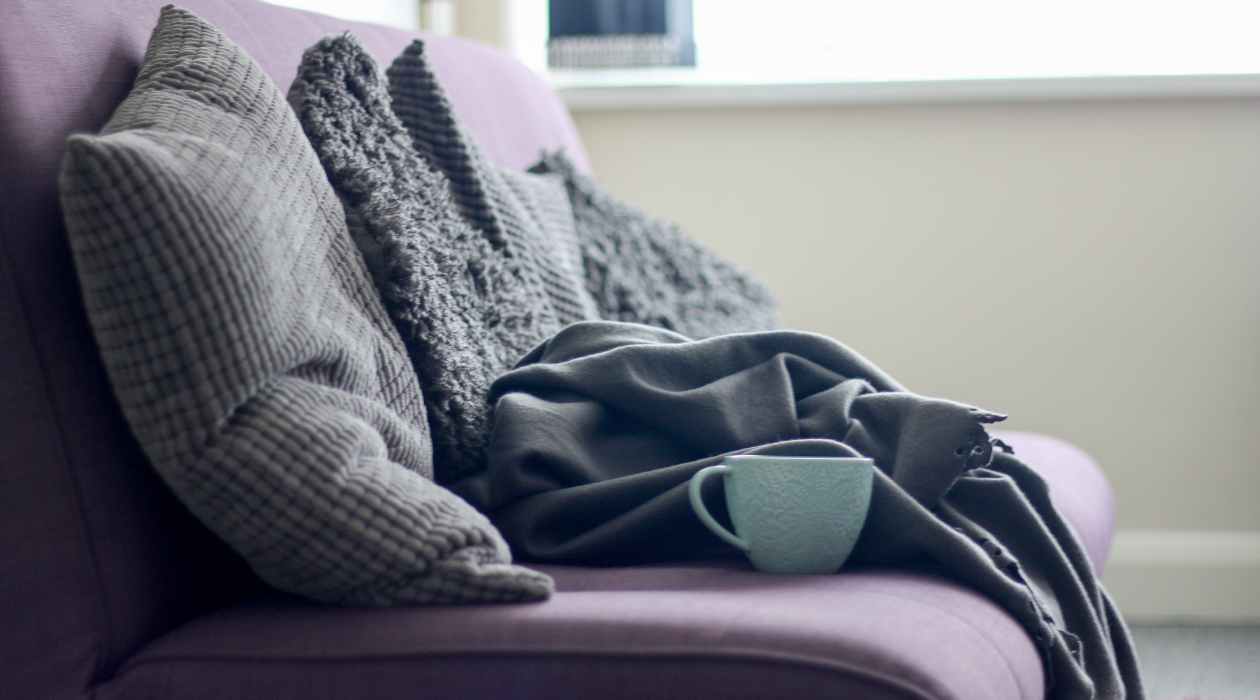

Living Room Furniture
How To Recover Sofa Cushions
Modified: March 16, 2024
Learn how to recover your sofa cushions and bring new life to your living room furniture. Explore step-by-step guides and tips for a successful DIY project.
(Many of the links in this article redirect to a specific reviewed product. Your purchase of these products through affiliate links helps to generate commission for Storables.com, at no extra cost. Learn more)
Introduction
Welcome to our guide on how to recover sofa cushions! Over time, the cushions on your beloved sofa can start to show signs of wear and tear. They may become saggy, lumpy, or have damaged fabric. Instead of investing in a brand new sofa, recovering the cushions can be a cost-effective solution that breathes new life into your furniture and keeps it looking fresh and comfortable.
Whether you want to update the style of your sofa or your cushions are simply in need of some TLC, this comprehensive guide will walk you through the steps to recover your sofa cushions like a pro.
Before we begin, it’s important to note that the specific process may vary depending on the type of cushions and materials used in your sofa. Be sure to double-check the manufacturer’s instructions or seek professional advice if needed. Now, let’s dive in!
Key Takeaways:
- Revitalize your worn-out sofa cushions by assessing damage, restuffing, and sewing new covers. Save money and enjoy a refreshed living room with your DIY recovered sofa!
- Recovering sofa cushions is a fun and rewarding way to update your furniture. Assess, restuff, and sew new covers to give your sofa a fresh new look and feel.
Read more: How To Recover Boat Cushions
Assessing the Damage
Before you can start the process of recovering your sofa cushions, it’s crucial to evaluate the extent of the damage. Take a close look at each cushion to identify any issues that need to be addressed. This step will help you determine whether you simply need to replace the cushion covers or if the foam inside needs attention as well.
Inspect the fabric of the cushion covers for any stains, tears, or fading. If the fabric is still in good condition but needs a refresh, you may only need to replace the covers. On the other hand, if the fabric is extremely damaged or you want to change the overall look of your sofa, you may need to purchase new fabric to reupholster the cushions.
Next, assess the condition of the foam. Over time, foam can become compressed, lose its shape, and lose its cushioning properties. If the foam feels flat, lumpy, or uneven, it’s a good idea to replace it to ensure optimal comfort and support. However, if the foam is still in good condition, you can skip this step.
Lastly, check if the cushion covers are removable. Most sofas have cushions that are either sewn onto the frame or have removable covers. If they are sewn on, recovering the cushions may be more complex and require professional assistance. In most cases, though, removable covers make the recovering process easier and more manageable.
Taking the time to carefully assess the damage will allow you to plan your recovery project accordingly. Whether you need to replace the cushion covers or tackle the foam as well, understanding the scope of the work will ensure you have the necessary materials and tools to complete the job successfully.
Removing the Cushion Covers
Once you have assessed the damage and determined that the cushion covers need to be replaced or recovered, it’s time to remove them from the sofa. This step is crucial to access the foam and prepare for the recovery process.
Start by flipping the cushions over to locate the zipper or closure mechanism. Most cushion covers have a zipper closure, but some may have buttons or Velcro. Carefully open the closure and begin to unzip or unfasten it, ensuring that you don’t force or damage the fabric.
As you unzip or unfasten the closure, gently pull the cushion cover off the foam. Take your time and be cautious not to rip or tear the fabric. Once the cover is completely removed, set it aside for cleaning or replacement, depending on its condition.
With the cushion cover removed, you can now inspect the foam underneath. Check for any signs of damage, such as crumbling foam or worn sections. If the foam is in good condition, you can clean it and reuse it. However, if it is damaged or has lost its shape, it’s best to replace it to ensure optimum comfort and longevity.
Repeat this process for each cushion, carefully removing the covers and setting them aside. Remember to keep track of which cover belongs to each cushion to avoid confusion later on. Keep in mind that some sofas have different types or sizes of cushions, so be mindful of these variations as you proceed.
Removing the cushion covers is an essential step in the recovery process. It not only allows you to access the foam for cleaning or replacement but also prepares the cushions for new covers. With the covers removed, you’re ready to move on to the next steps in recovering your sofa cushions.
Repairing or Replacing the Foam
Now that you have the cushion covers removed, it’s time to assess and address the condition of the foam inside. Depending on its condition, you may need to repair or replace the foam to ensure optimal comfort and support.
If the foam is still in good condition but has lost some of its shape or cushioning properties, you can try revitalizing it. Start by removing the foam from the cushion cover and placing it on a clean surface. Using your hands or a foam-safe cleaner, gently knead and manipulate the foam to help it regain its original shape and bounce. You can also use a vacuum cleaner with a brush attachment to remove any debris and fluff up the foam.
If the foam is severely damaged or beyond repair, it’s best to replace it. Measure the dimensions of the foam to ensure you purchase the correct size and thickness for your cushions. High-density foam is recommended for its durability and long-lasting support. You can find foam at local upholstery supply stores or online retailers.
To replace the foam, carefully remove the old foam from the cushion cover and discard it. Ensure that the cushion cover is clean and free from any debris or loose threads. Place the new foam inside the cover, ensuring it fits snugly and fills out the cover evenly. If necessary, trim the foam using a utility knife to achieve the desired size and shape.
It’s worth noting that some cushions may have multiple layers of foam or a combination of foam and batting. In this case, you may need to replace or repair each layer individually. Ensure that the layers are properly aligned and secured within the cushion cover.
Repairing or replacing the foam is essential to restore the comfort and support of your sofa cushions. By taking the time to address this aspect of the recovery process, you can ensure that your cushions are as good as new and ready for the next step – restuffing.
To recover sofa cushions, measure the dimensions of the cushions and choose a durable fabric. Remove the old fabric, cut the new fabric to size, and sew it together. Finally, attach the new fabric to the cushion using a staple gun or sewing machine.
Restuffing the Cushions
With the cushion covers removed and the foam repaired or replaced, it’s time to give your sofa cushions a new lease on life by restuffing them. Restuffing involves adding a new layer of filling to the cushions, ensuring they are plush, comfortable, and have the desired level of support.
There are various options for cushion filling, depending on your preferences and budget. Common choices include polyester fiberfill, down feathers, or a combination of both. Polyester fiberfill is a budget-friendly option that provides good support and retains its shape well. Down feathers offer a soft and luxurious feel, but they may require occasional fluffing to maintain their loft.
To restuff the cushions, start by preparing your chosen filling material. If you are using polyester fiberfill, fluff it up to loosen the fibers. If you are using down feathers, give them a gentle shake to separate and distribute them evenly.
Take one cushion at a time and open the zipper or closure mechanism. Begin by adding a thin layer of filling evenly across the bottom of the cushion cover. Gradually build up the filling, ensuring that it is distributed evenly and reaches the corners and edges of the cushion cover. Continue adding filling until you achieve the desired level of firmness and plumpness.
As you add the filling, periodically fluff and distribute it with your hands to prevent clumping and ensure an even consistency. Use your hands or a small tool to smooth out any lumps or uneven areas. Take your time during this step to ensure that the filling is evenly distributed and the cushion is properly stuffed.
Once you are satisfied with the restuffing, carefully zip or fasten the closure mechanism to secure the filling inside the cushion cover. Give the cushion a gentle squeeze to ensure that it feels comfortable and supportive.
Repeat this process for each cushion, taking care to adjust the amount of filling to achieve a consistent feel across all cushions. Once all the cushions have been restuffed, give them a few firm presses to further distribute the filling and ensure a uniform appearance.
Restuffing the cushions is a crucial step in the recovery process as it determines the level of comfort and support your sofa will offer. Whether you prefer a plush and soft feel or a firmer support, taking the time to restuff the cushions properly will greatly enhance your overall seating experience.
Read more: How To Recover RV Cushions
Sewing the Cushion Covers
Now that you have repaired or replaced the foam and restuffed the cushions, it’s time to put the finishing touches on your sofa by sewing the cushion covers. This step will not only give your cushions a polished look but also ensure that they stay securely in place.
Start by preparing your chosen fabric for the cushion covers. If you are using new fabric, ensure that it has been pre-washed and ironed to remove any wrinkles or shrinkage. If you are reusing the existing covers, make sure they are clean and free from any loose threads or damage.
Place the cushion foam or already stuffed cushion inside the fabric cover, making sure it is centered properly. Pull the fabric taut around the corners and edges of the cushion to ensure a snug fit. If your cushion covers have a zipper closure, zip it partially closed to hold the fabric in place.
If your cushion covers do not have a closure mechanism, you’ll need to sew them closed. Start by pinning the fabric together along the open edge, ensuring that the pins are placed perpendicular to the stitching line. This will help prevent shifting when you sew.
Using a sewing machine or a needle and thread, begin sewing along the pinned edge, removing the pins as you go. Use a straight stitch or a zigzag stitch, depending on your preference and the type of fabric. Sew the seam with a 1/2 inch to 1 inch seam allowance, ensuring that the stitching is neat and secure.
If you prefer a more professional finish, you can also use a serger or overlock machine to sew and finish the seam in one step. This will create a neat and clean edge that prevents fraying.
Continue sewing around the edges of the cushion cover, ensuring that you maintain consistent stitching and tension. Be sure to backstitch at the beginning and end of the seam to secure the stitches in place.
Once the seam is complete, trim any excess fabric and loose threads. If desired, you can also reinforce the seam by topstitching along the edge of the seam allowance. This will provide extra durability and a decorative touch.
If your cushion covers have a zipper closure, open the zipper fully and turn the cover right side out. If you sewed the cover closed, carefully turn it right side out through the opening you left for stuffing.
Inspect the cover to ensure that the seams are secure and the corners are crisp. Gently stuff the cushion back into the cover, adjusting it if needed to ensure a smooth and uniform appearance.
Repeat this process for each cushion cover, carefully sewing and finishing the seams. Once all the covers are sewn, give the cushions a final fluff and adjustment before placing them back on your sofa.
Sewing the cushion covers is the final step in the recovery process, giving your sofa a fresh and polished look. Take your time and pay attention to the details to ensure that the covers are well-sewn and fit perfectly over the cushions.
Final Touches and Reassembling the Sofa
Congratulations! You’re in the final stages of recovering your sofa cushions. Now it’s time to add the finishing touches and reassemble your sofa to enjoy the fruits of your labor.
Start by giving the recovered cushion covers a final inspection. Ensure that all the seams are secure, corners are well-defined, and the fabric is taut and wrinkle-free. Use a lint roller or fabric brush to remove any remaining debris or loose fibers.
If you have opted to replace or update the cushion covers, now is the time to incorporate any decorative elements. Consider adding piping, buttons, or decorative stitching to enhance the overall appearance of your sofa. Take your time with these details to ensure a professional and visually appealing result.
Once you are satisfied with the cushion covers, it’s time to reassemble your sofa. Carefully place each cushion back onto the sofa frame, aligning them properly with their designated spots. Ensure that the cushions are centered and fit snugly into place.
If your sofa has additional back cushions or throw pillows, take this opportunity to fluff and arrange them for maximum comfort and aesthetic appeal. Consider adding new covers or decorative accents to further enhance the overall look of your sofa.
Step back and take a moment to admire your recovered sofa. It’s a testament to your hard work and attention to detail. Sit down and test out the cushions to ensure that they provide the desired level of comfort and support. Make any necessary adjustments, such as adding or removing filling, until you achieve the perfect feel.
Finally, take the time to clean up your workspace and store any leftover materials or tools. Vacuum or dust around the sofa to remove any debris or stray fibers that may have accumulated during the recovery process.
With the final touches complete and your sofa looking rejuvenated, it’s time to relax and enjoy your renewed piece of furniture. Sit back, sink into the cushions, and appreciate the comfort and beauty that comes from giving your sofa a fresh lease on life.
Remember, the process of recovering sofa cushions may require some time and effort, but the results are well worth it. Not only will you save money by avoiding the purchase of a new sofa, but you’ll also have the satisfaction of knowing that you accomplished the task yourself.
So go ahead, invite friends and family over, and proudly show off your beautifully recovered sofa. It’s a testament to your creativity, resourcefulness, and dedication to making your living space comfortable and stylish.
Enjoy your “new” sofa!
Conclusion
Recovering your sofa cushions is a rewarding and cost-effective way to breathe new life into your furniture. By following the steps outlined in this guide, you can transform worn-out cushions into comfortable and visually appealing additions to your living room.
Assessing the damage, removing the cushion covers, repairing or replacing the foam, restuffing the cushions, sewing the cushion covers, and adding the final touches are essential steps in the recovery process. Each step plays a vital role in achieving the desired outcome and ensuring a successful and long-lasting result.
Throughout the process, remember to pay attention to detail, take your time, and adapt the instructions to your specific sofa and materials. Be creative and infuse your personal style into the recovery process by choosing fabric colors and patterns that complement your existing decor.
Not only does recovering your sofa cushions allow you to save money, but it also gives you the opportunity to customize and update your furniture to your liking. You’ll have a sense of pride and satisfaction knowing that you revitalized your sofa with your own hands.
So, whether you are looking to repair damaged cushions, update the style of your sofa, or simply give it a fresh look, recovering your sofa cushions is a worthwhile endeavor. It’s a chance to unleash your creativity while improving the comfort and aesthetic appeal of your living room.
Now that you have the knowledge and guidance, it’s time to roll up your sleeves and embark on the journey of recovering your sofa cushions. Get started today and enjoy the transformation of your sofa, creating a cozy and inviting space for you and your loved ones to relax and unwind.
Happy recovering!
Frequently Asked Questions about How To Recover Sofa Cushions
Was this page helpful?
At Storables.com, we guarantee accurate and reliable information. Our content, validated by Expert Board Contributors, is crafted following stringent Editorial Policies. We're committed to providing you with well-researched, expert-backed insights for all your informational needs.
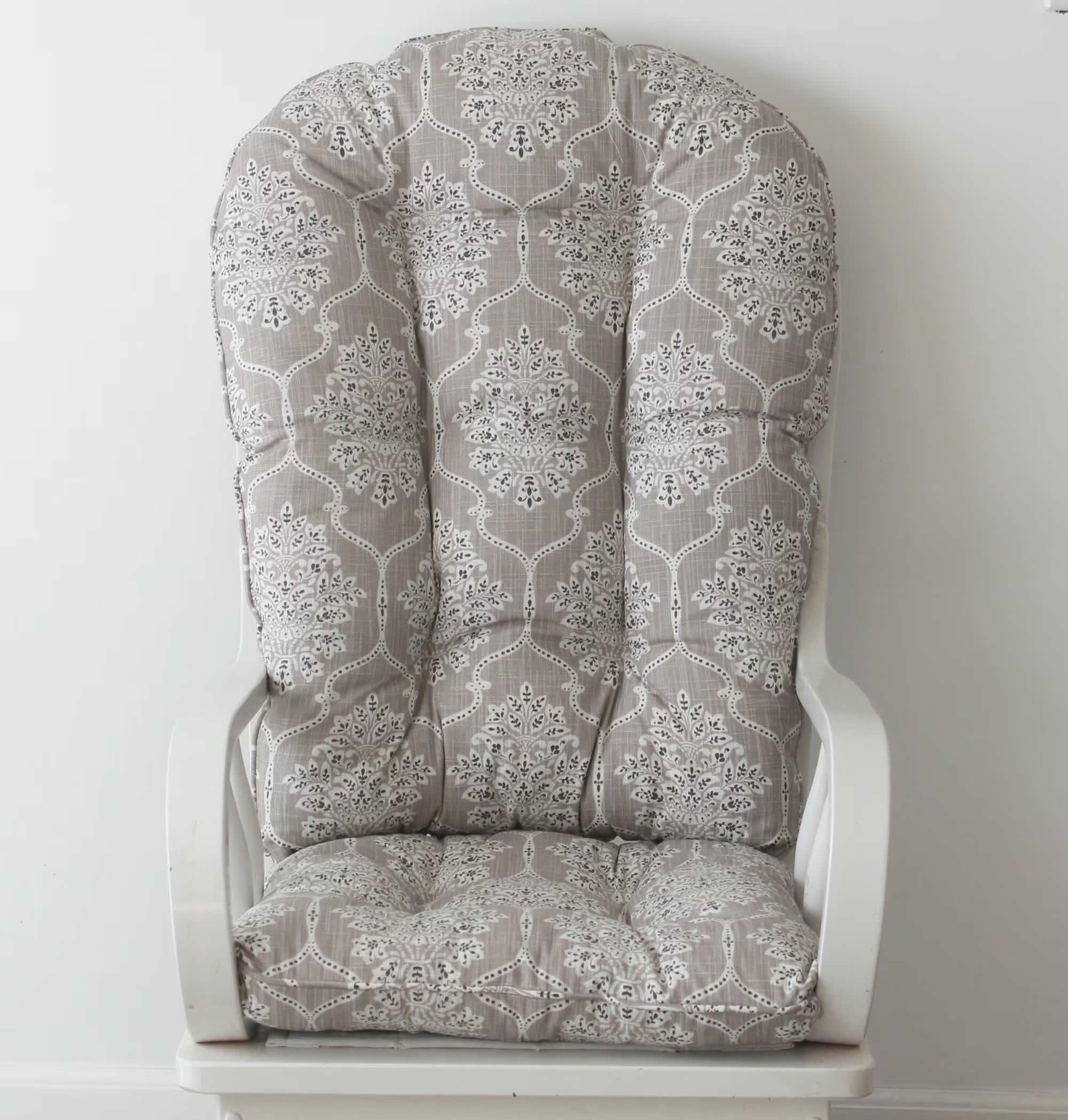



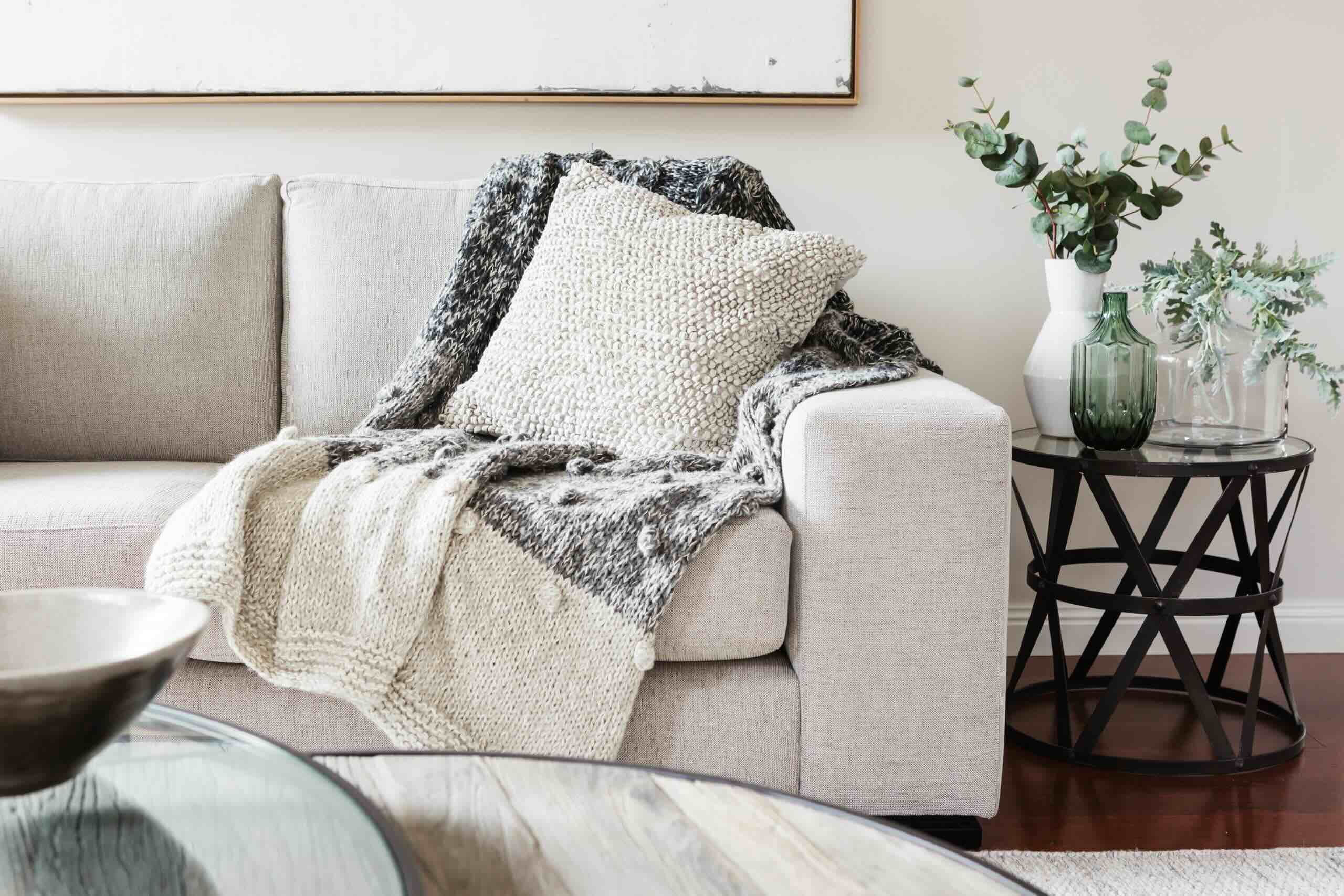
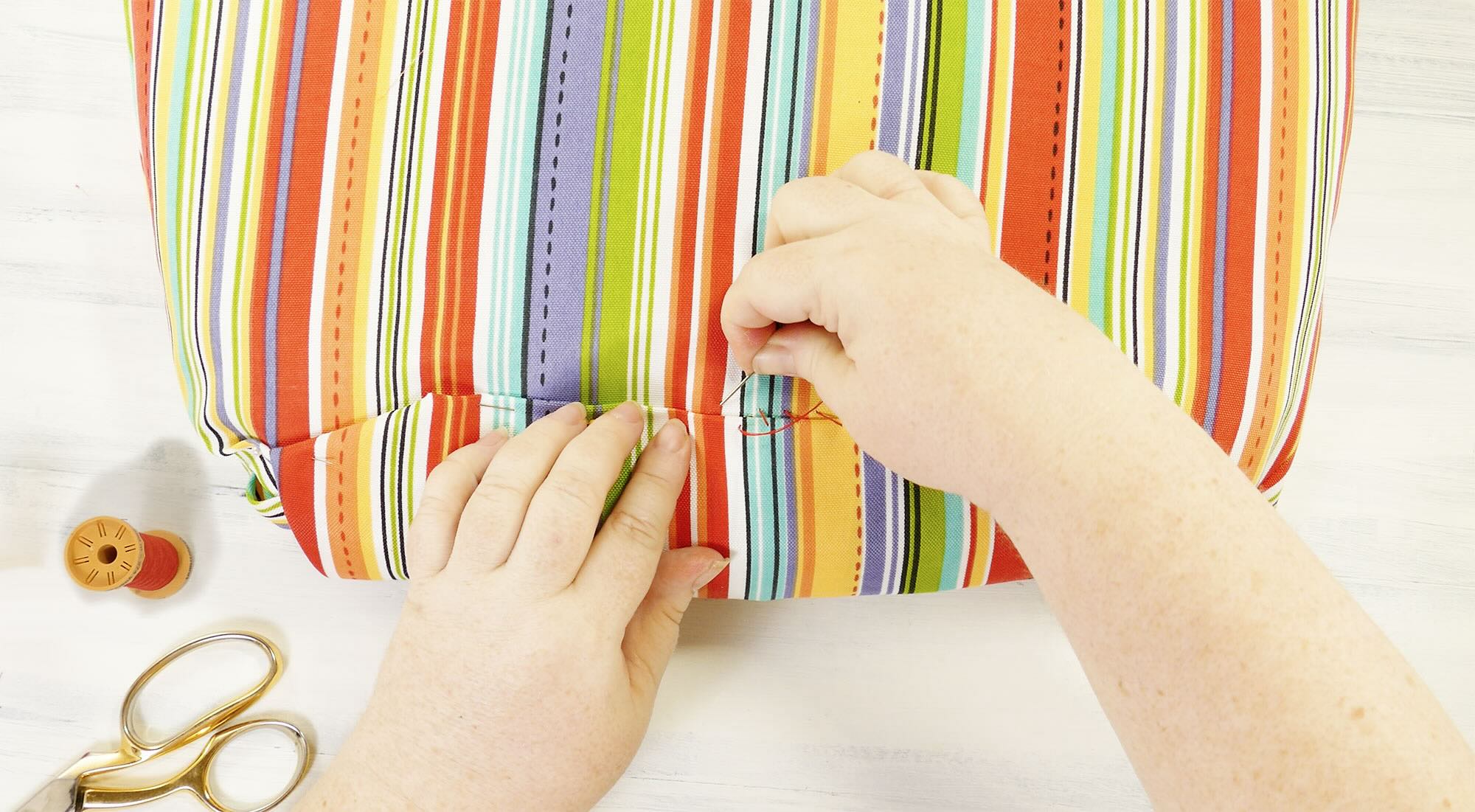

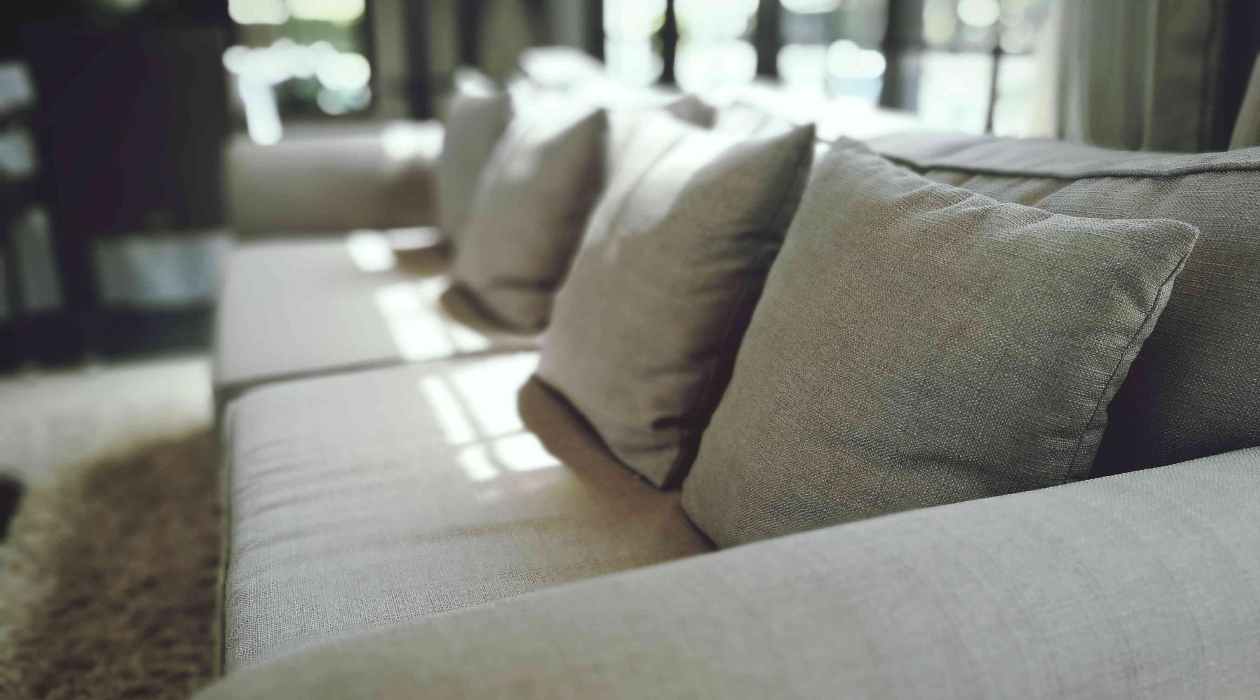

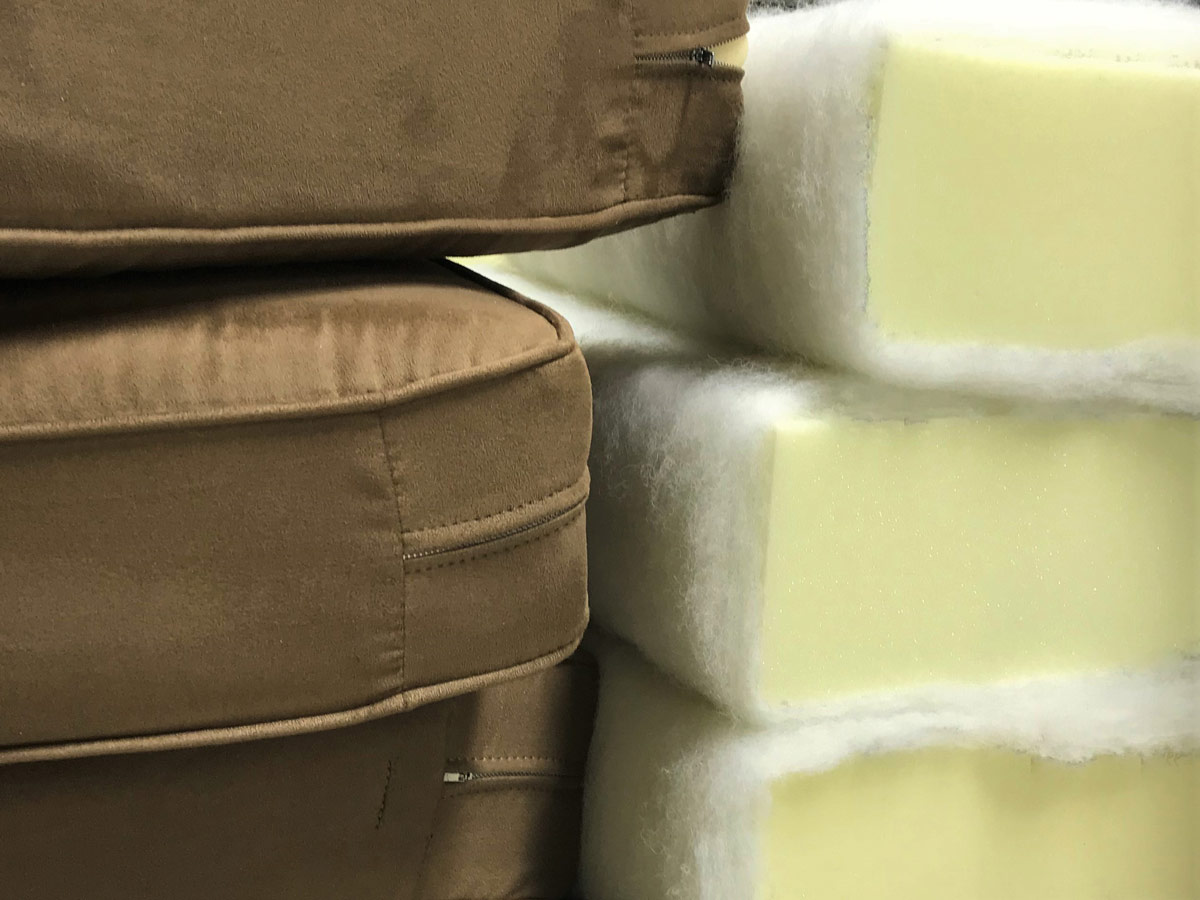
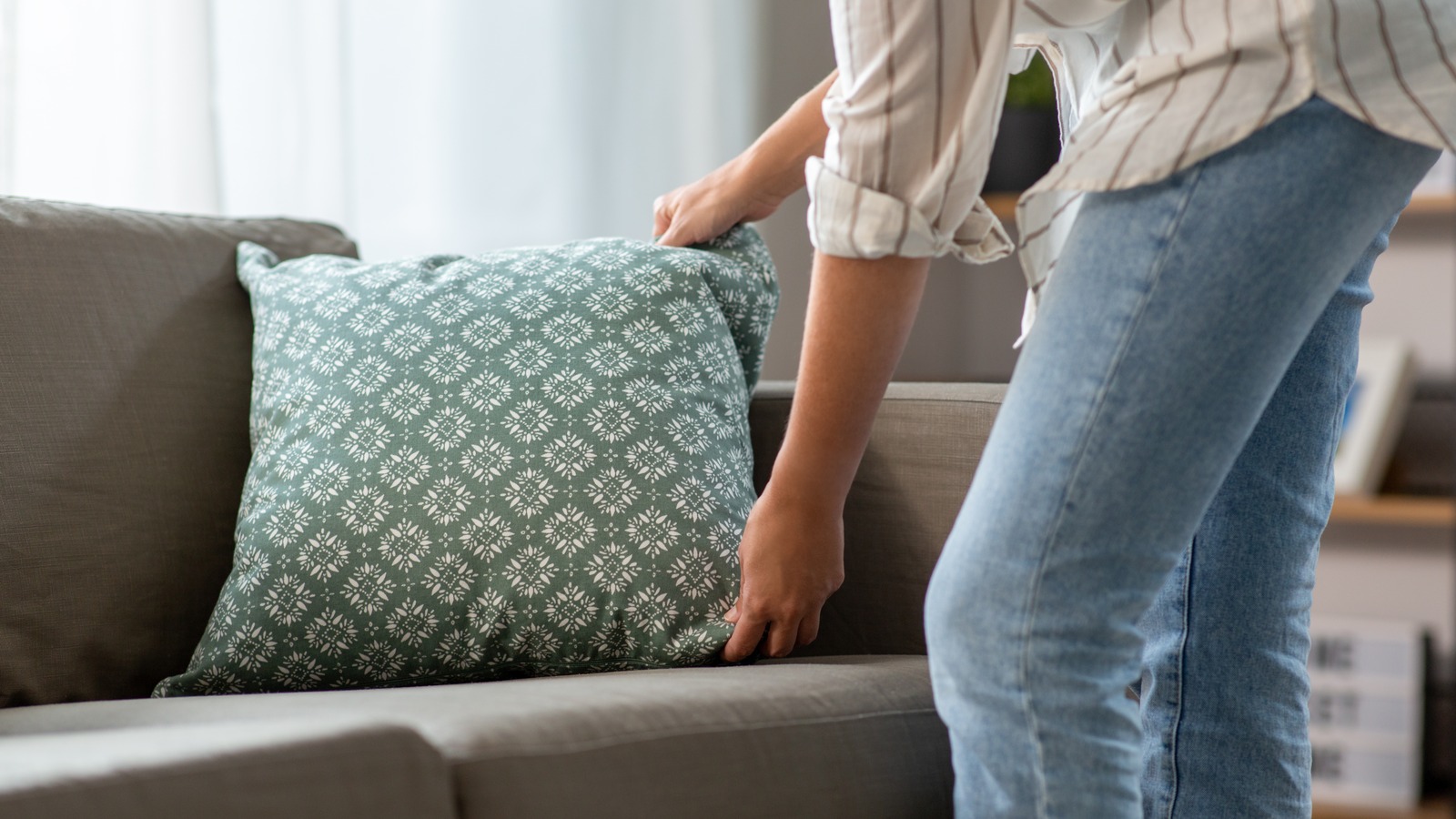
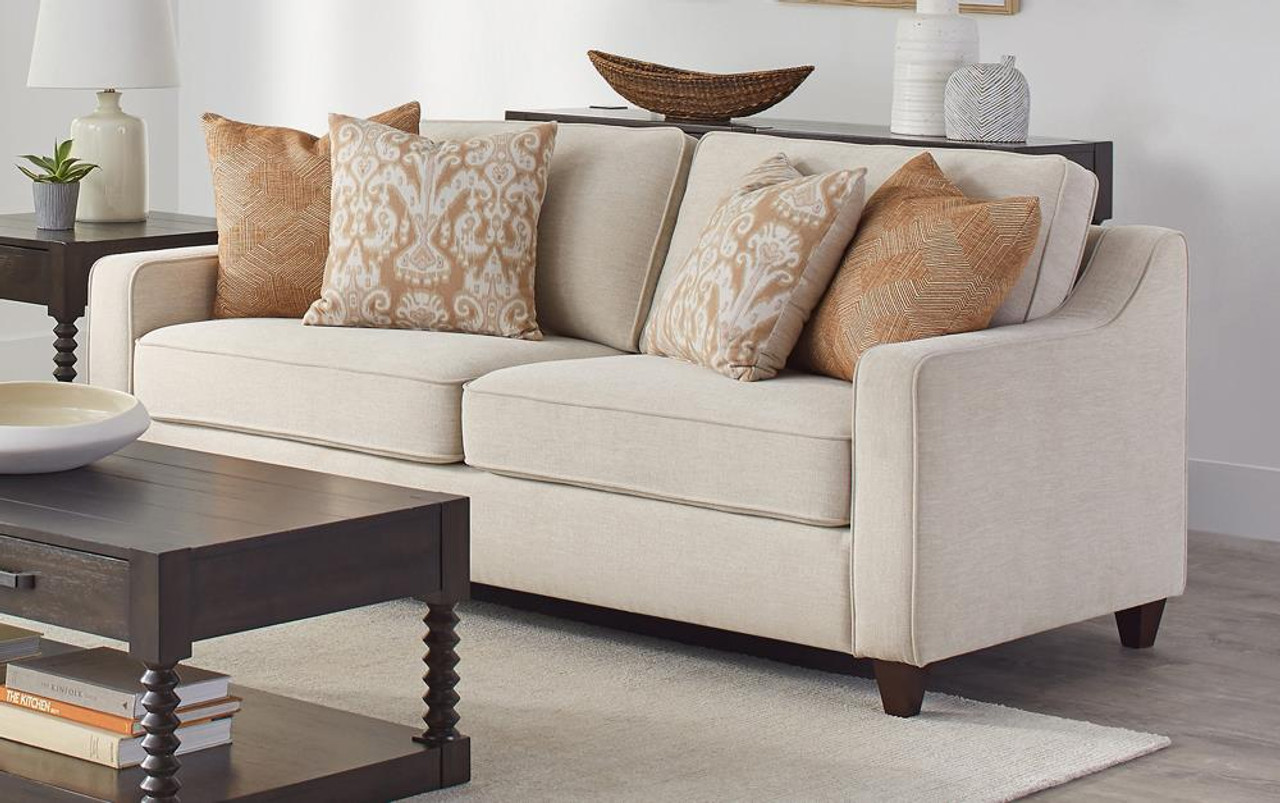
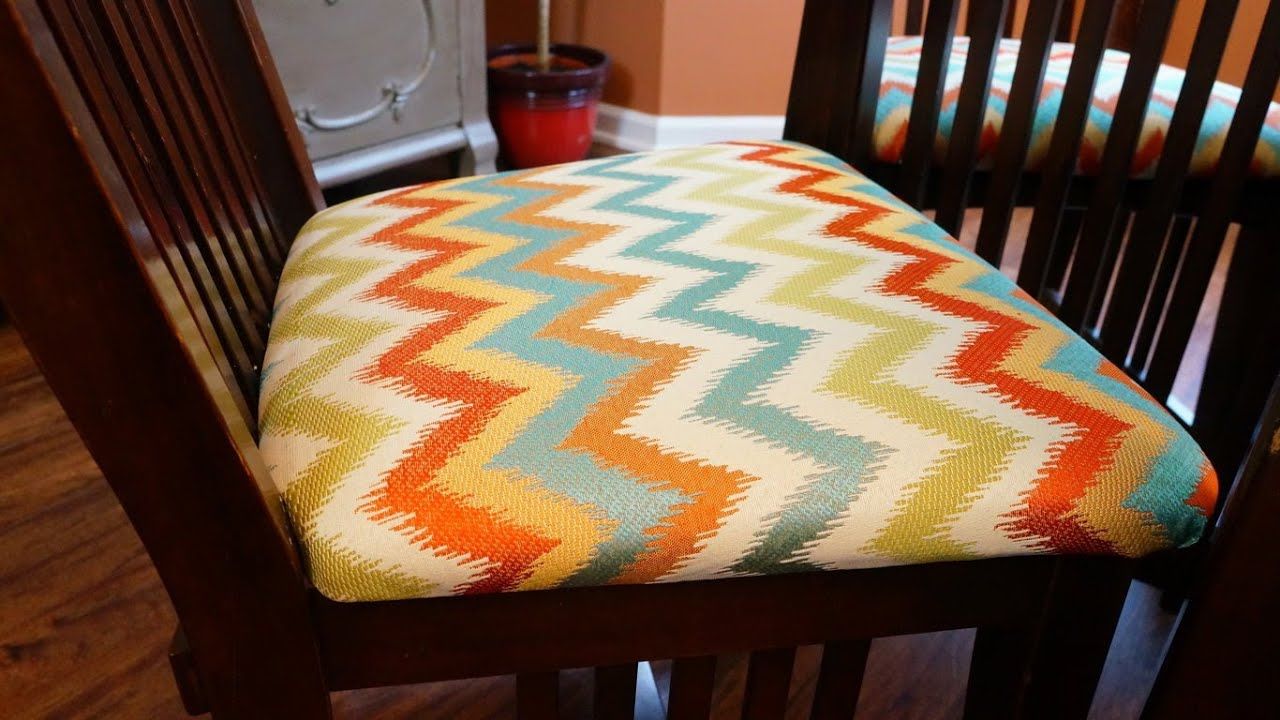
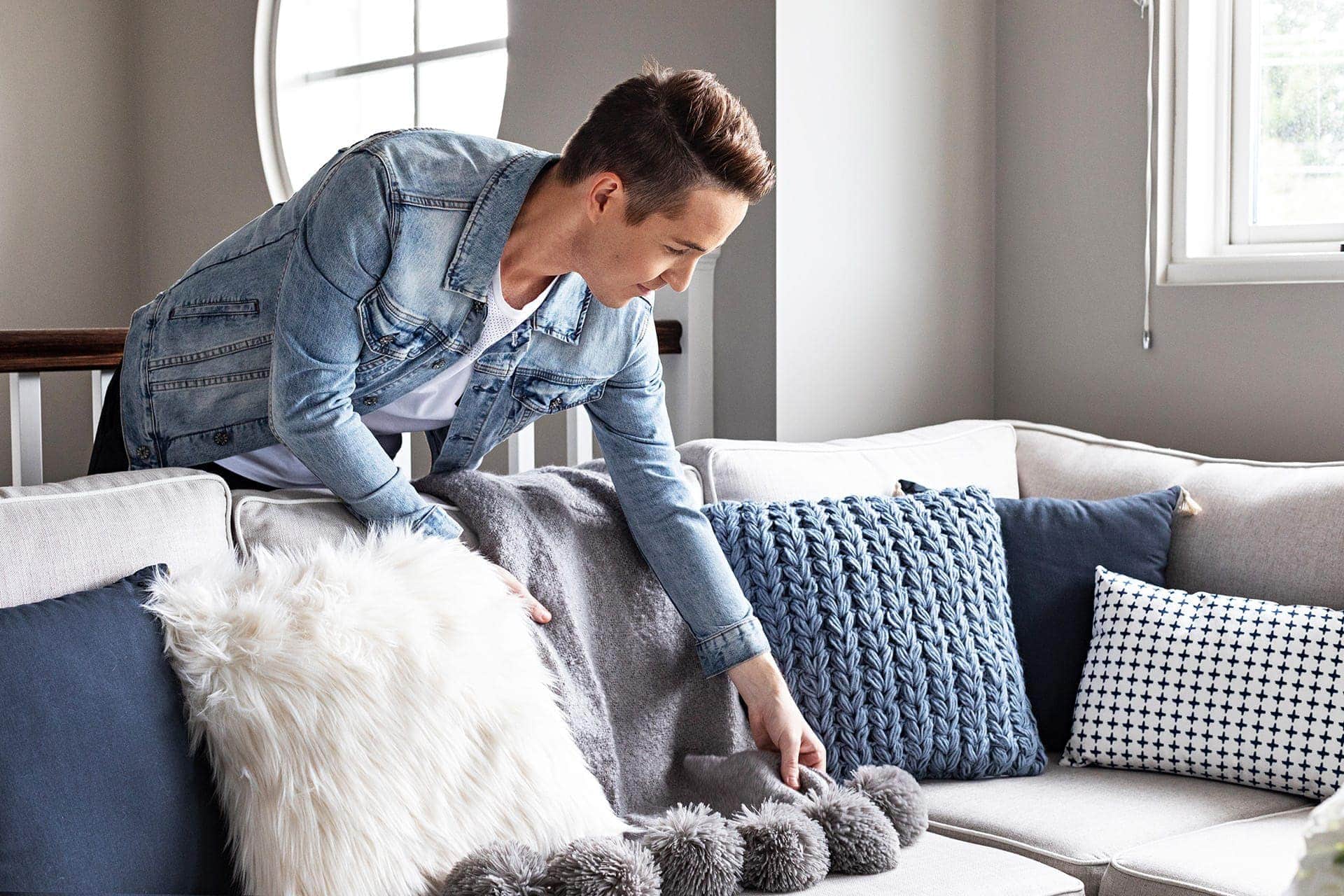

0 thoughts on “How To Recover Sofa Cushions”